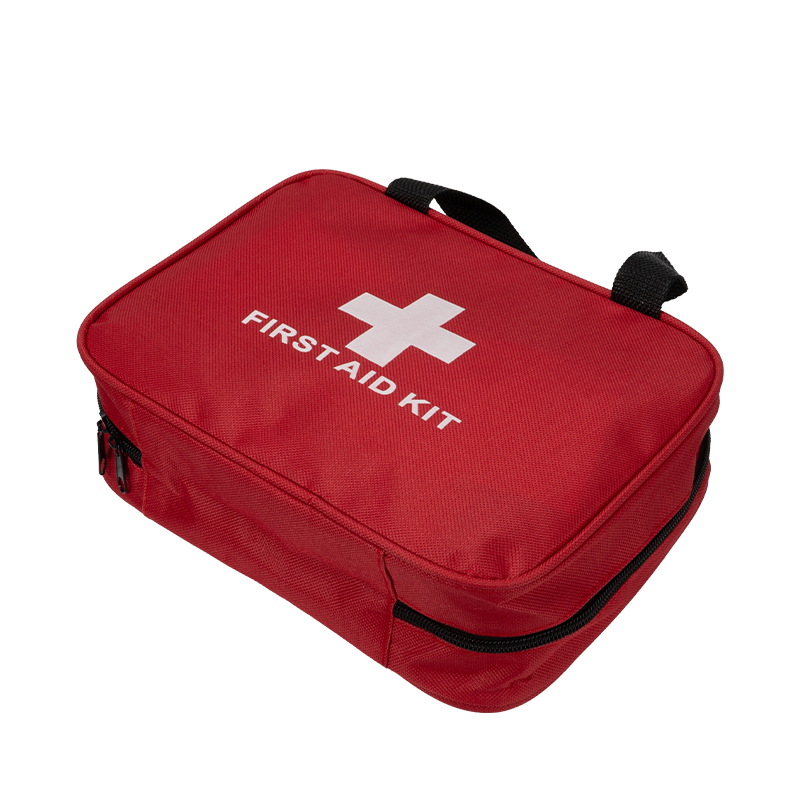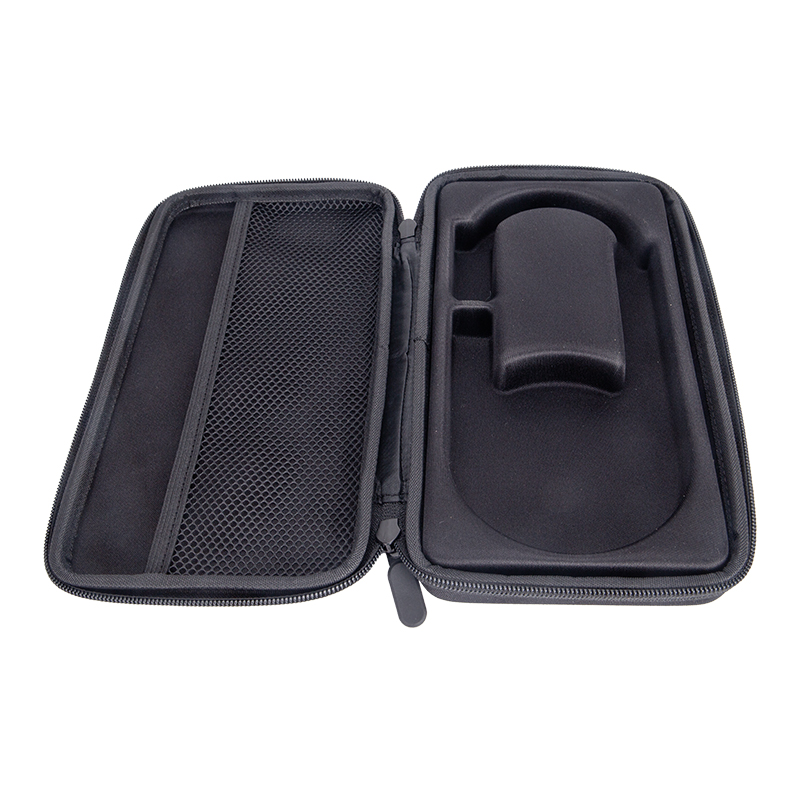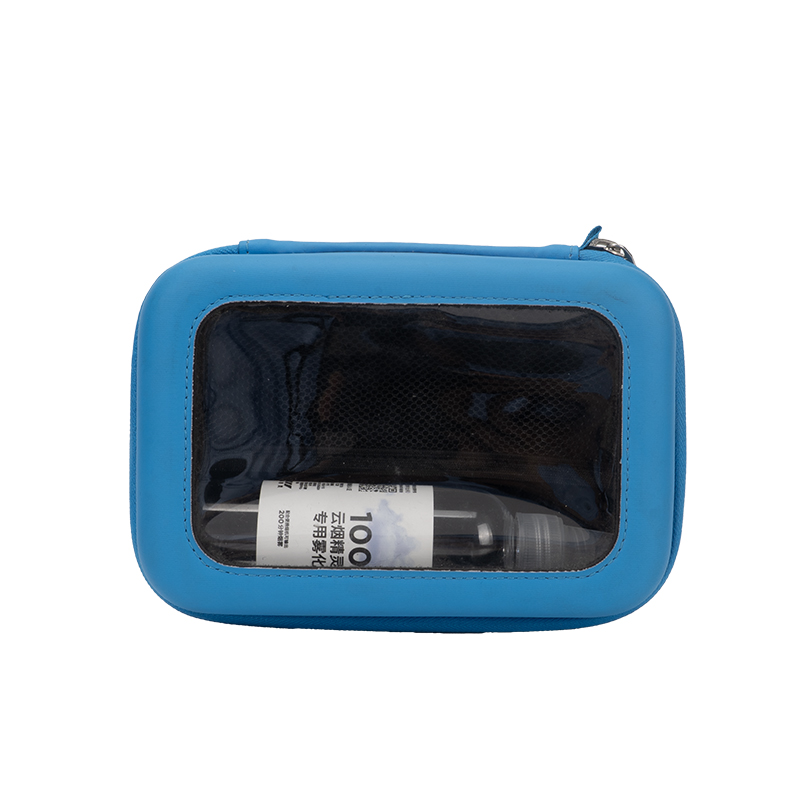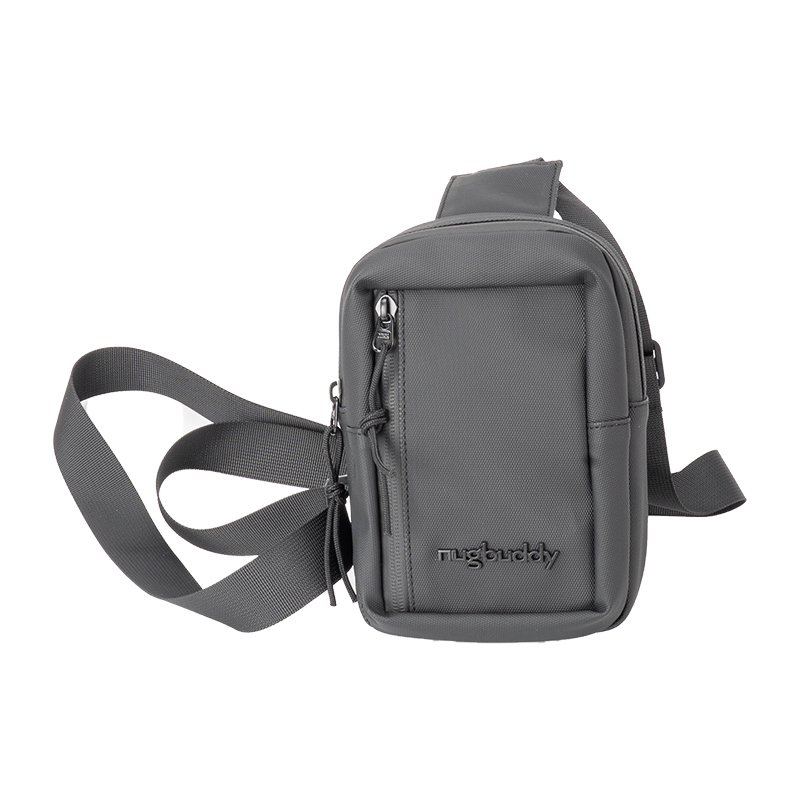

Innovations and Market Trends in the Medical Bag Industry

1. Introduction: A Growing Demand for Safety and Efficiency
The global healthcare industry’s rapid growth has driven increasing demand for high-quality medical bags — essential tools for doctors, nurses, emergency responders, and home healthcare providers. No longer just containers, today’s medical bags represent a fusion of ergonomic design, material technology, and organizational efficiency, directly influencing how healthcare professionals perform their work in the field.
2. Material Innovation: Protection and Hygiene First
Medical bags require a higher standard of safety and durability than ordinary travel or sports bags. Manufacturers are focusing on materials that meet strict infection control and sterilization standards:
Antimicrobial fabrics and waterproof PVC-coated polyester reduce bacterial growth and cross-contamination.
Flame-retardant and chemical-resistant layers provide additional safety for emergency environments.
The use of lightweight EVA frames improves structure without adding unnecessary weight, making the bags easier to carry for long hours.
Moreover, the industry is embracing eco-friendly alternatives — such as recycled TPU and biodegradable coatings — aligning with hospital sustainability policies and global environmental standards.
3. Functionality: Organization Saves Lives
In emergency medicine, every second counts. This principle drives the design of modern medical bags:
Multi-compartment modular systems allow medical professionals to quickly locate drugs, instruments, and disposables.
Color-coded internal pouches simplify categorization for first aid, trauma care, or respiratory treatment.
Some premium models now feature detachable internal panels or transparent pockets for faster visibility.
Ergonomic straps, shock-absorbing handles, and reinforced zippers enhance portability and reliability in the field.
For advanced designs, integration with digital health tools—such as Bluetooth-connected temperature sensors for vaccine transport—marks the transition toward smart medical logistics.
4. Aesthetic and Brand Evolution
While functionality remains the top priority, aesthetics are gaining importance, especially in private clinics and home healthcare sectors.
Modern medical bags now feature sleek silhouettes, minimalist logos, and custom color schemes that reflect professional identity while maintaining a clean, clinical look.
This trend shows that healthcare gear can be both practical and brand-representative, strengthening user trust and brand visibility in competitive markets.
5. Market Outlook: Professional and Home Use on the Rise
The medical bag market is projected to grow steadily in the coming years, driven by:
The expansion of emergency response systems in developing countries.
The aging global population, which fuels demand for home healthcare kits.
Growth in mobile healthcare services and telemedicine, requiring compact and portable equipment carriers.
According to industry analysis, Asia-Pacific is emerging as a major production and consumption hub due to its cost advantages, mature supply chains, and rising healthcare investments.
6. Conclusion: Function Meets Innovation
As medical services move beyond hospital walls, the medical bag has evolved into a critical extension of professional healthcare. Future success in this industry will depend on a company’s ability to merge functionality, hygiene, and design aesthetics—offering smart, sustainable, and reliable products that support healthcare professionals everywhere.
Recommend news
Related information




Contact Us
Contact: Roger Young
Tel: +86 13829257690
Email:sale@chfine.com
Address: 72#,Dongbao Road,Houjie Town,Dongguan,Guangdong,China.
JOIN TEAM
Be the first to get new knowledge
FOLLOW







Chfine(CN) | EVACAMARA CASE | RX packaging
COPYRIGHT @ 2022 ,Dongguan Chfine Luggages And Cases Co., Ltd. All rights reserved







